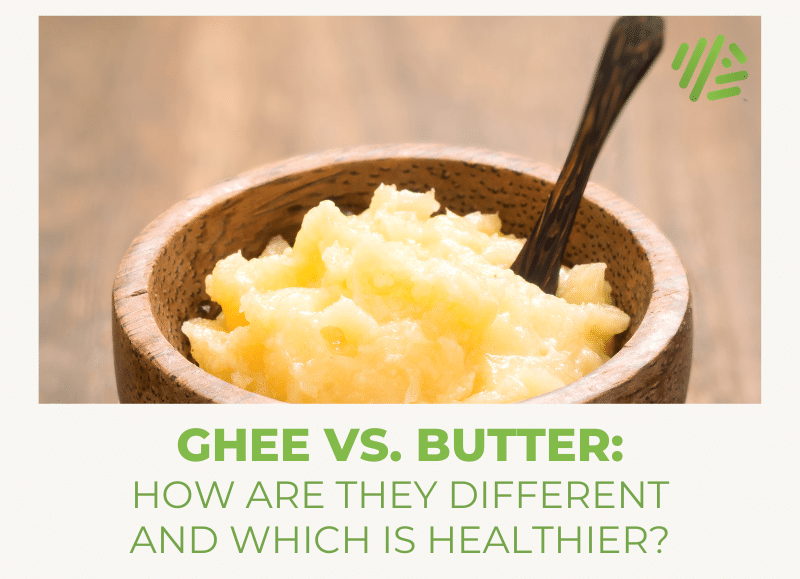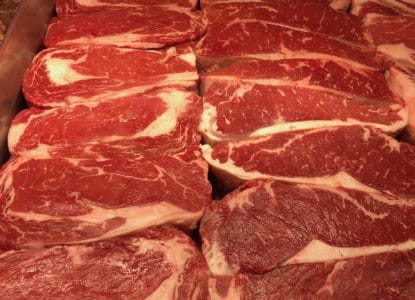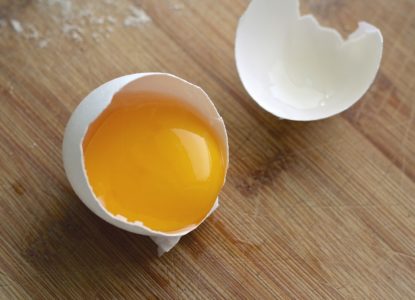Ghee vs. Butter: How are They Different and Which is Healthier?
Article at a Glance
- Ghee has been used for centuries in Ayurvedic therapies and Indian cooking.
- Ghee and butter are both made from cow’s milk.
- Ghee is highly clairified butter with a nutty, earthy flavor.
- Both butter and ghee contain butyric acid, a short chain fatty acid that has been studied for its ability to reduce inflammation and promote gut health.
- Ghee may be easier to digest than butter for those with sensitivities to milk sugars and/or proteins.
- Ghee has a higher smoke point than butter.
- You can make ghee at home from unsalted butter.

Contents
How are ghee and butter the same?
Ghee and butter are both made from cow’s milk. In fact, butter is a precursor to ghee, so it’s no wonder the two get so easily confused. Because they come from the same source, their nutritional profiles don’t vary wildly. They’re both composed of mostly fat, lending to their smooth and creamy textures.How are ghee and butter different?
While they share similarities, ghee and butter are not one and the same. Rather, ghee is a type of butter — specifically, it is highly clarified butter. It goes through a process to remove some of the milk solids and water. This process makes for a shelf stable product that doesn’t require refrigeration. It also gives ghee a higher smoke point than regular butter and adds a nutty, enhanced flavor that you won’t find in regular butter. If you’re concerned about cooking in easily damaged fats, ghee is a better choice than butter. Butter has a smoke point of 350°F (177°C), but ghee can take heat of up to 485°F (252°C) without burning. The higher smoke point and lower protein count means ghee won’t damage when you cook with it like butter will. As such, it’s a healthier option for the sauté pan.Ghee vs. butter fat content
| Ghee | Butter |
| 3g saturated fat in one tbsp. | 2.5g saturated fat in one tbsp. |
| 0 g carbs | 0 g carbs |
| Fat 5 g | Fat 4.1 g |
| Higher smoke point | Lower smoke point |



